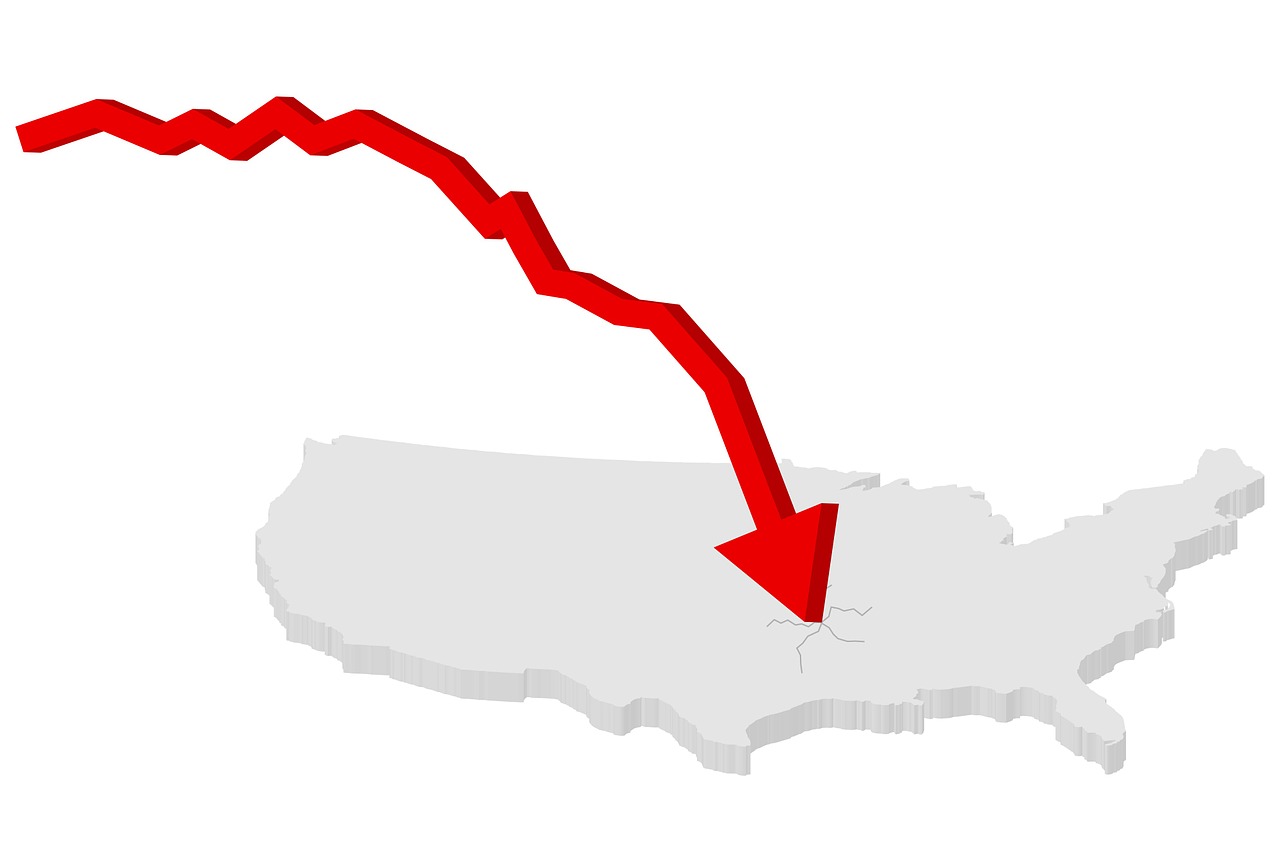The market experienced its biggest pre-tax profit decline since 2014, with sales dropping across several life insurance products while rising in annuities.

The US life and annuities insurance market experienced the biggest pre-tax profit decline in five years during 2018, according to an AM Best special report.
The report reveals a decline of $15.9bn (£12.68bn) on 2017 figures for the entire market, a 25% drop from $63.7bn (£50.8bn) to $47.8bn (£38.11bn).
Despite the decrease in profit, the amount collected in premiums for the year rose by 5.8% to $742.4bn (£590bn), with 48% of the figure coming from annuity policies, 25% for life and 27% for accident and healthcare.
The authors attribute the fall in profit to an increased number of one-off transactions to reinsurers and captive insurers – a type of insurance company owned by its policyholders, who share in its profits.
The report states: “The US life and annuity insurance industry posted favourable operating results for 2018, despite volatility driven by a number of one-off transactions and events that negatively impacted statutory operating results.

“The notional amounts of these transactions skewed our statutory industry results, as we do not capture captive or international affiliates’ data, which would include offsets to these transactions.
“Companies maintained their underwriting performance despite a slight increase in mortality rates for some reinsurers and direct writers in recent periods.
“Reinsurers have responded to the increase in mortality by raising rates.”
The post-tax profit reduction between 2017 and 2018 was 14%, falling from $50.61bn (£40.22bn) to $44.4bn (£35.5bn).
AM Best attributes this figure largely to US tax reforms, which resulted in the effective tax rate paid by the industry dropping to 7%, compared to 19% in 2017.
Universal life insurance market in decline while indexed policies climbed to highest rate ever
Life insurance
There was a 1% rise in the sale of standard, whole-of-life insurance policies in 2018, despite the fact the amount collected in premiums fell by just under 2% after three consecutive years of growth.
The number of sales for universal life insurance – a policy with an adjustable death pay-out and the ability to cancel and redeem any premiums – decreased by 1%.
This was driven by the continued removal from the market of life insurance policies that guarantee not to lapse even if the cash or account value linked to them drops to zero.

This type of policy, called universal life insurance with secondary guarantees, reduced by 17% on 2017 sales figures.
Indexed life insurance products on the other hand, which can be tied to a fixed-interest account or linked to an index fund, account for two thirds of universal life sales, and increased 9% on 2017 figures to their highest level to date.
Annuities
The market for annuities – an alternative to life insurance in which premiums go towards a stream of income paid to policyholders at an agreed future date – outperformed the life insurance market in 2018.
Total individual annuity premiums soared by nearly 14% over 2017 sales figures, reversing two consecutive years of decline to reach $212.5bn (£168.8m), just shy of the total premiums written for annuities in 2015.
According to the Life Insurance Marketing and Research Association, sales of all fixed annuity products grew in 2018, with record-breaking increases in the fixed indexed category.
